Yellowing Leaves On Pomegranate: Why Pomegranate Leaves Turn Yellow
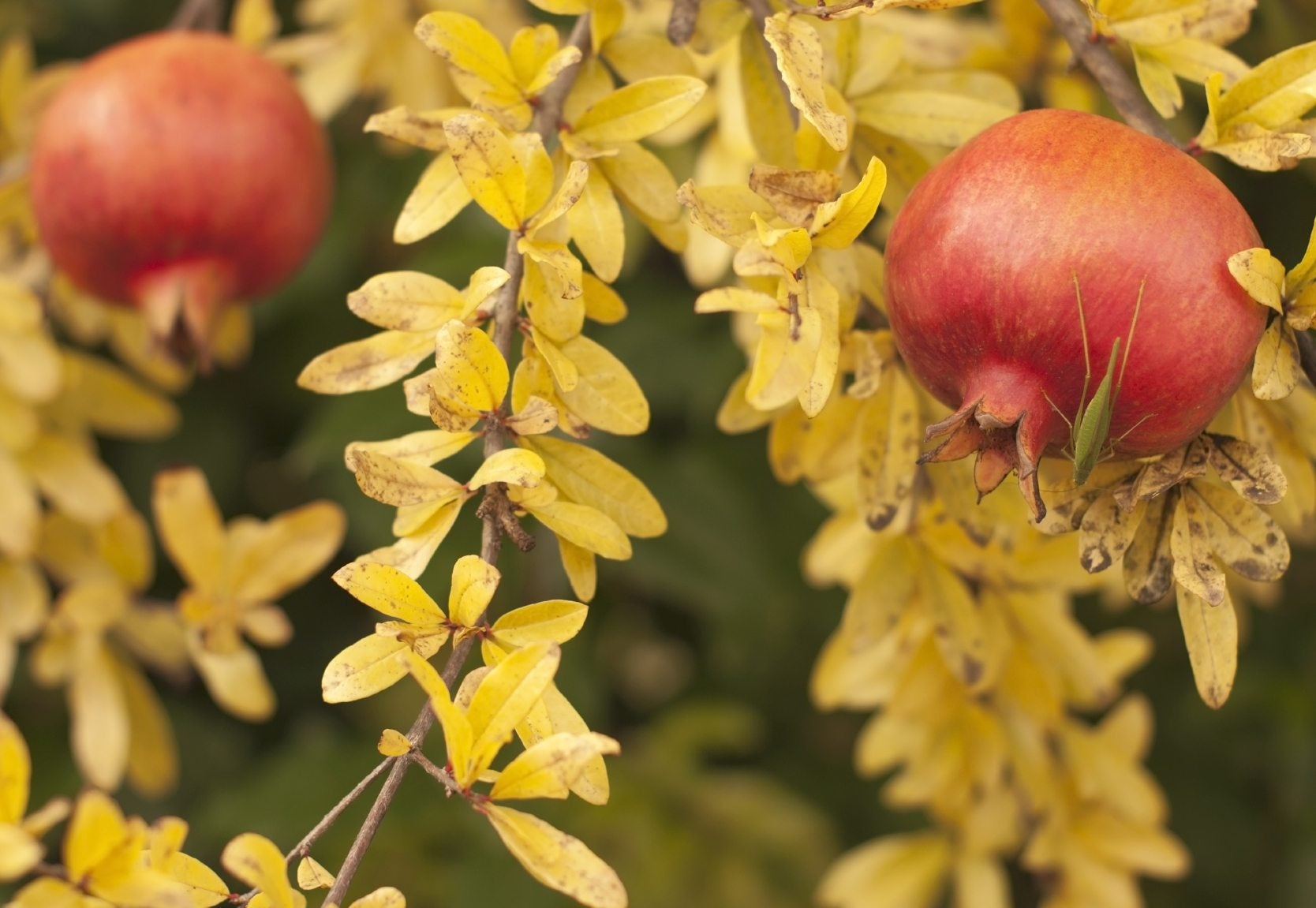

One of the best things about living in the warmer USDA hardiness zones is being able to grow things like pomegranate trees in the landscape. They’re excellent plants that produce delicious fruits with leathery tough hides when properly cared for. If you’ve noticed a pomegranate with yellow leaves in your landscape, however, you may have a tree with serious problems, or it could be going through a regular seasonal change. Read on to find out more about what to do when pomegranate leaves turn yellow.
Why is My Pomegranate Tree Turning Yellow?
Pomegranates are trees that thrive on neglect, but that doesn’t mean they’re completely indestructible. Yellow leaves can give you hints about what might be wrong with your tree if you listen to them carefully. Watch for these common causes of yellowing leaves on pomegranates: Cooling temperatures. Do pomegranate trees lose their leaves? Even though it might not happen until later in the fall than most of your deciduous plants, pomegranates follow the same seasonal pattern as their cousins. If you notice yellowing leaves as temperatures cool and see no other signs of stress, chances are good that your tree is just headed for its winter slumber. Overwatering. After seasonal changes, the most common reason that leaves turn yellow on pomegranates is that homeowners overwater them. It’s natural to want to nurture fruit plants, but pomegranates, unlike most fruit-bearers, are native to dry, arid regions and don’t really do well with a lot of water. Let them dry out completely between waterings and limit the amount of compost or mulch you apply to the root zone. Improper feeding. Feeding pomegranates can be tricky; there’s a fine line to walk there. Too much fertilizer can result in root burn and yellow leaves, but too little can cause nitrogen deficiency and light green to yellow leaves. Your best bet is to monitor your tree closely and if it starts to show a lightening of its leaf color, feed it. Right after bloom is a good time to feed to help the tree get through fruiting successfully. Sap-sucking insects. Sap-sucking insects can also cause yellowing leaves, though unless the infestation is severe, it’ll usually appear spotty or splotchy. As soon as you notice yellowing leaves, especially if they curl or look otherwise distorted, check the underside of the leaves for aphids, mealybugs, whiteflies, and scale. Spider mites are more difficult to see, but they will leave signature thread-like webs on your tree. Aphids, mealybugs, whiteflies, and spider mites can often be handled by spraying the plant regularly and thoroughly with water, but if scale are your problem, you’ll need to break out the neem oil.
Gardening tips, videos, info and more delivered right to your inbox!
Sign up for the Gardening Know How newsletter today and receive a free copy of our e-book "How to Grow Delicious Tomatoes".

Kristi Waterworth was a regular contributor to Gardening Know How for many years, answering countless queries on plant pests and diseases.
-
 Looking For Plants To Give You The Soft And Fuzzies? Try These 5 Fuzzy Leaf Plant Options
Looking For Plants To Give You The Soft And Fuzzies? Try These 5 Fuzzy Leaf Plant OptionsLovers of texture, drama, silver foliage and tactile plants will adore these special sensory garden additions. These fuzzy leaf plant options will leave you all aglow
By Susan Albert
-
 Get Ready For A Summer Of Hummers! Grow These Full Sun Hummingbird Plants and Flowers
Get Ready For A Summer Of Hummers! Grow These Full Sun Hummingbird Plants and FlowersIf you’re lucky enough to enjoy a sunny backyard, make sure you are maxing out on your pollinator opportunities and grow these full sun hummingbird plants and flowers
By Tonya Barnett
-
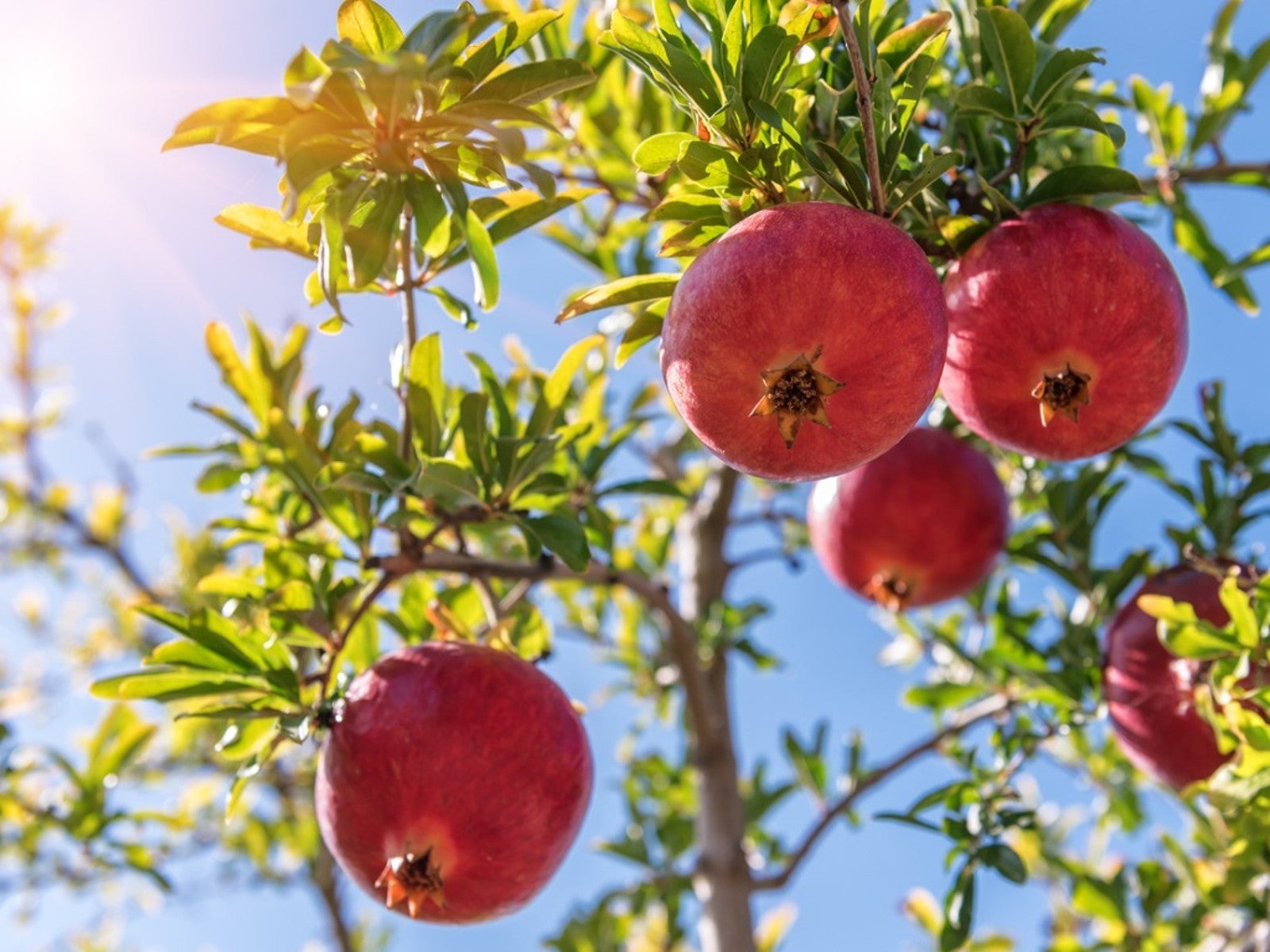 Replanting Container Grown Pomegranate – Tips On Transplanting Potted Pomegranates Outside
Replanting Container Grown Pomegranate – Tips On Transplanting Potted Pomegranates OutsideIt’s pretty easy to transplant a potted pomegranate outdoors. Click for more information on moving a potted pomegranate.
By Teo Spengler
-
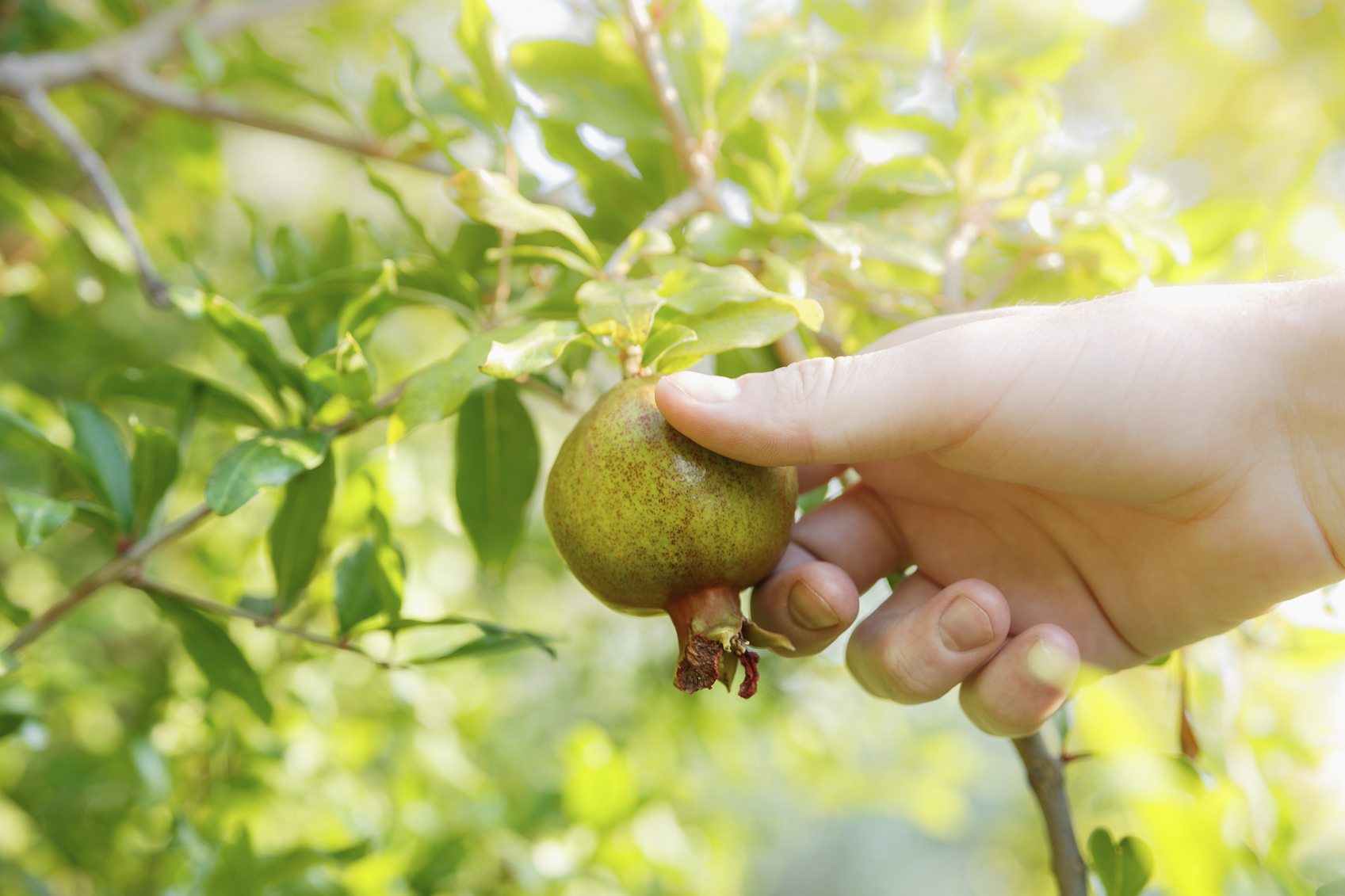 Picking Pomegranates – Learn About Harvesting Pomegranate Fruit
Picking Pomegranates – Learn About Harvesting Pomegranate FruitPomegranates have become so popular that many people in USDA zones 7-10 are trying their hand at growing and picking their own pomegranates. So how and when do you harvest pomegranates? Click this article to learn more.
By Amy Grant
-
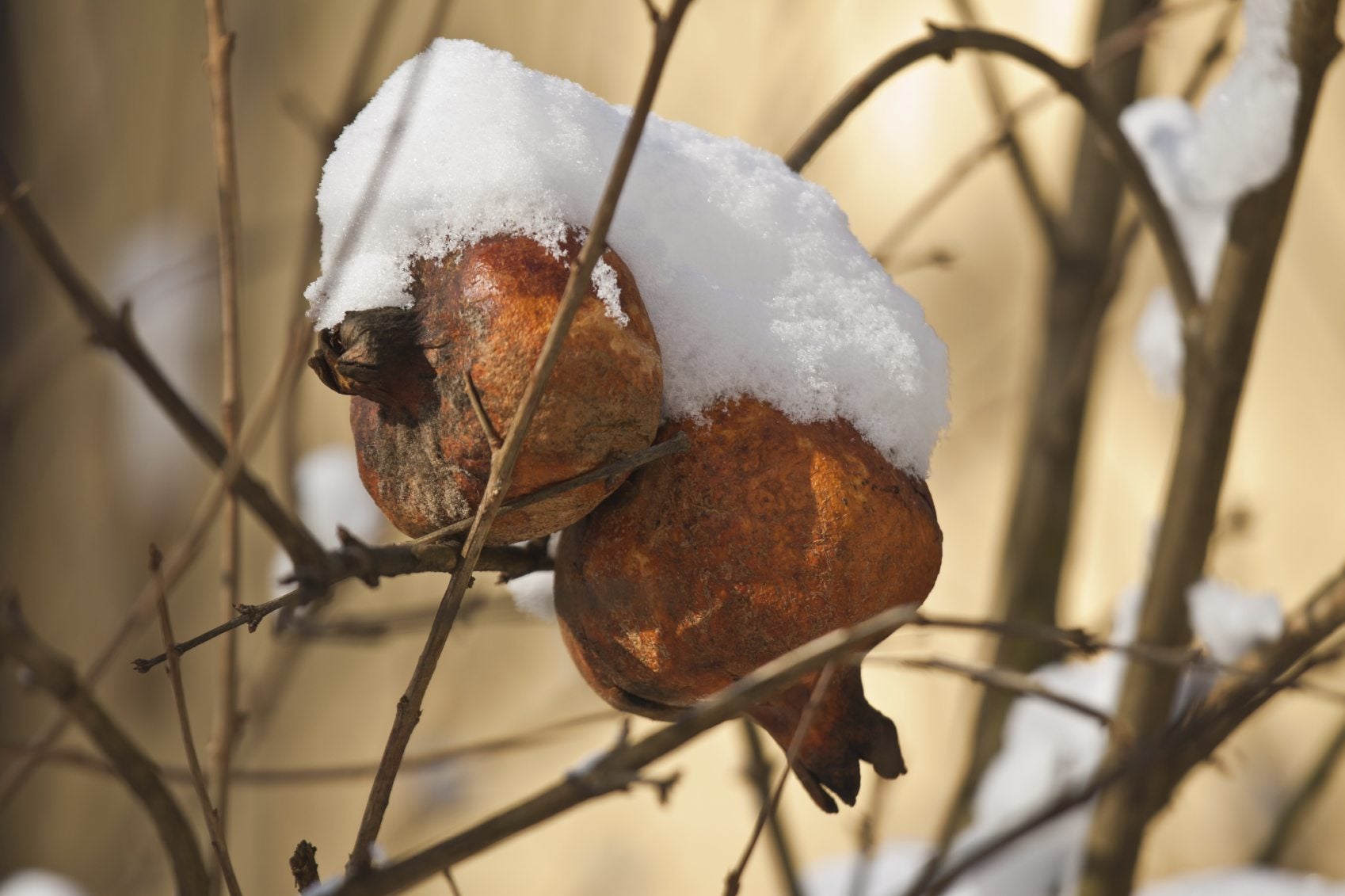 Pomegranate Winter Care: How To Care For Pomegranate Trees In Winter
Pomegranate Winter Care: How To Care For Pomegranate Trees In WinterPomegranates hail from the far eastern Mediterranean so as you may expect they appreciate plenty of sun and should be protected in the winter time. How do you go about overwintering pomegranate trees? Find out in this article.
By Amy Grant
-
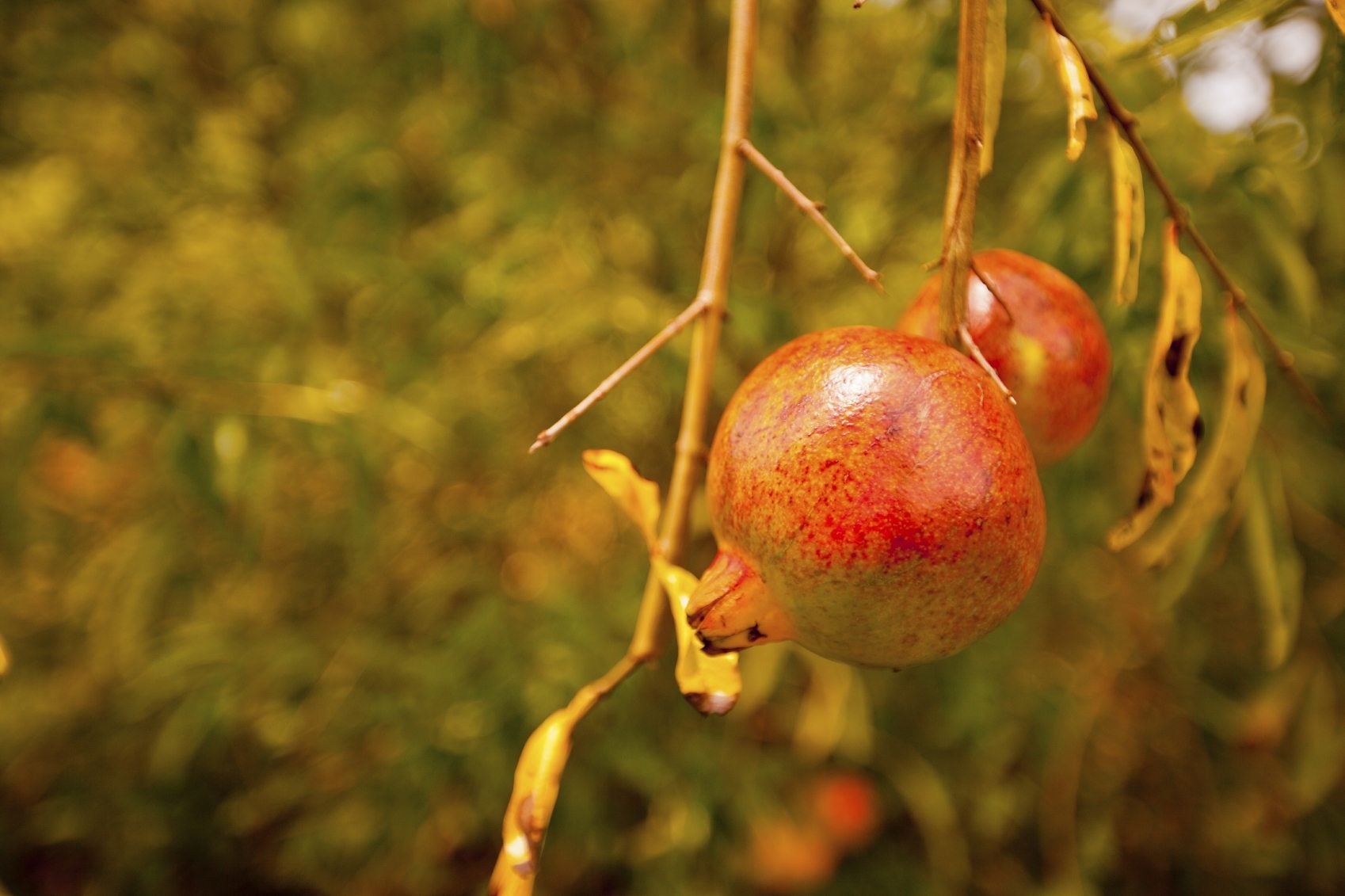 Pomegranate Tree Leaves Falling Off: Why Do Pomegranate Trees Lose Leaves
Pomegranate Tree Leaves Falling Off: Why Do Pomegranate Trees Lose LeavesPomegranates are typically grown for their fleshy, sweet-tart edible fruits. That being said, pomegranate leaf loss can be a frustrating problem for many gardeners. Click on the article that follows to learn why this happens.
By Karen Boness
-
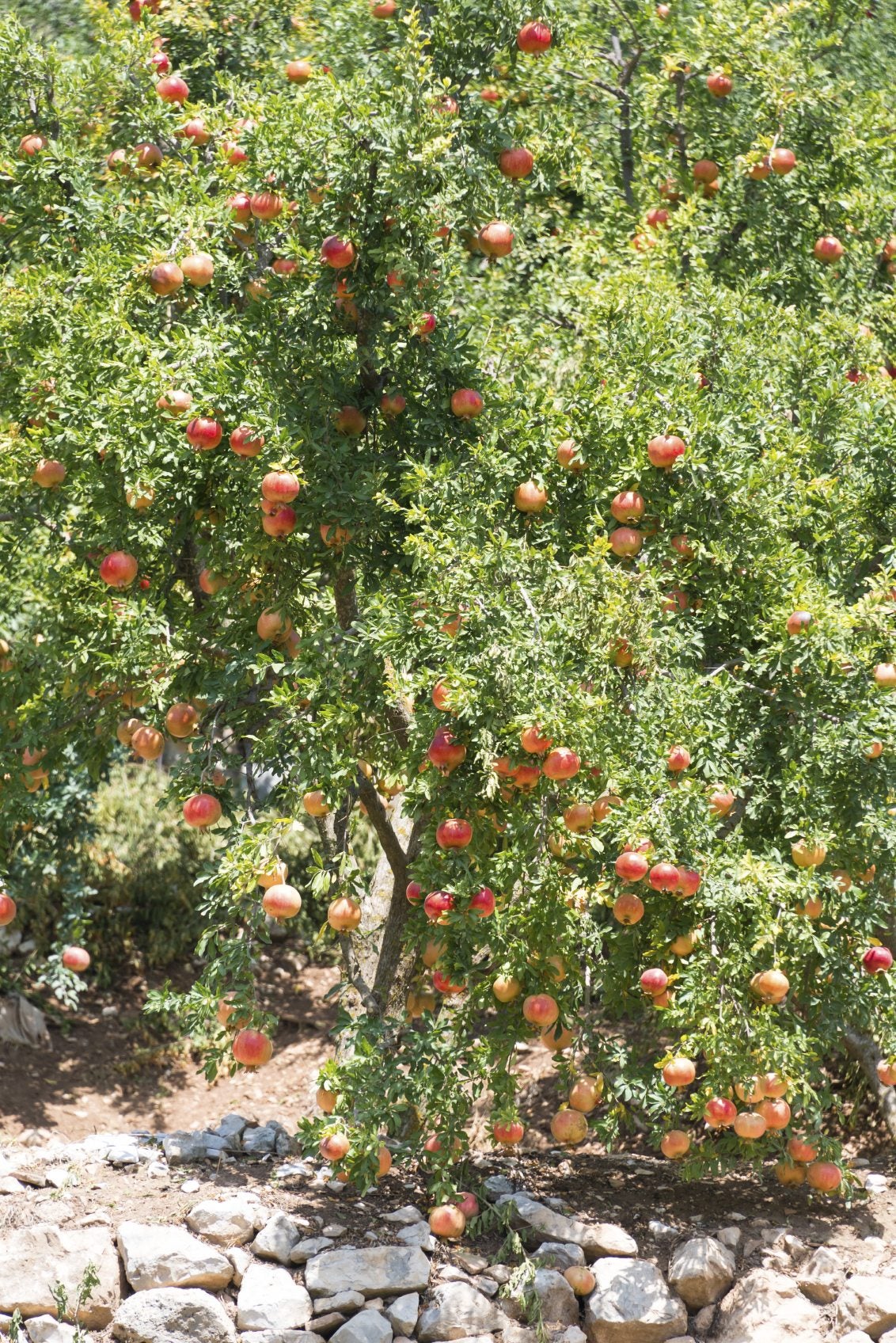 Pomegranate Tree Pruning – Learn About The Cutting Of Pomegranates
Pomegranate Tree Pruning – Learn About The Cutting Of PomegranatesIt is important to prune pomegranate trees properly if you want to increase fruit production and maintain an attractive form. Unfortunately, these two goals are in conflict. Learn more about pruning pomegranates in this article.
By Karen Boness
-
 Propagating Pomegranate Trees: How To Root A Pomegranate Tree
Propagating Pomegranate Trees: How To Root A Pomegranate TreeGrowing a pomegranate tree from cuttings is cost-free and relatively easy. Find more information about how to root a pomegranate tree from pomegranate tree cuttings in the article that follows. Click here to learn about pomegranate propagation.
By Teo Spengler
-
 Problems Of Pomegranates: Learn About Diseases In Pomegranate
Problems Of Pomegranates: Learn About Diseases In PomegranatePomegranate fungal diseases are a common issue in plants grown in wet regions. Other diseases in pomegranate are rarer and not permanently damaging to the tree. Learn the problems of pomegranates in this article. Click here for more info.
By Jackie Carroll
-
 Pomegranate Leaf Curl: Why Pomegranate Tree Leaves Are Curling
Pomegranate Leaf Curl: Why Pomegranate Tree Leaves Are CurlingIf you're lucky enough to grow pomegranate trees where you are, you may occasionally see leaf curling. Several insects and disorders can cause pomegranate leaf problems. Find out why the leaves curl on pomegranates and what you can do about it in this article.
By Jackie Carroll